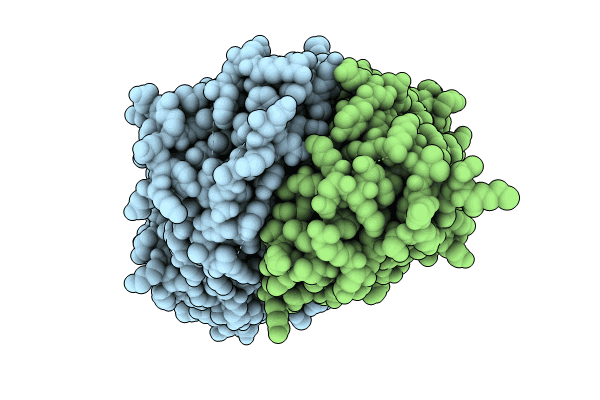
Deposition Date
2023-08-04
Release Date
2023-11-22
Last Version Date
2024-01-24
Entry Detail
PDB ID:
8Q43
Keywords:
Title:
Crystal structure of cA4-bound Can2 (E341A) in complex with oligo-C DNA
Biological Source:
Source Organism:
Thermoanaerobacter brockii subsp. finnii Ako-1 (Taxon ID: 509193)
synthetic construct (Taxon ID: 32630)
synthetic construct (Taxon ID: 32630)
Host Organism:
Method Details:
Experimental Method:
Resolution:
2.28 Å
R-Value Free:
0.24
R-Value Work:
0.20
R-Value Observed:
0.20
Space Group:
P 1 21 1


